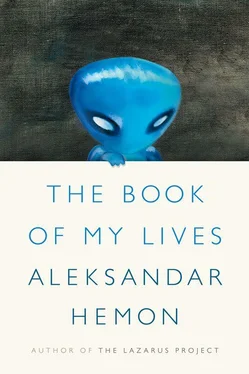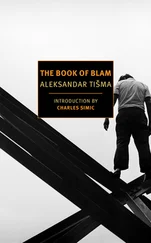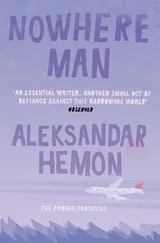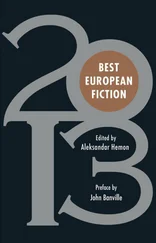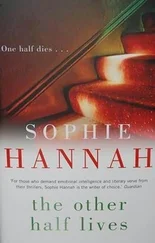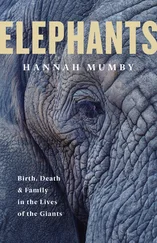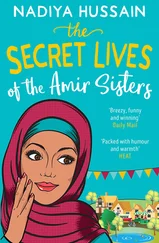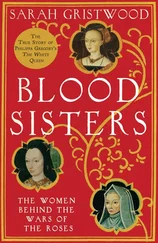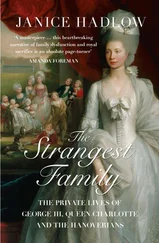And now my memory collapses.
Teri is in the corner, weeping ceaselessly and quietly, the terror on her face literally unspeakable; the gray-haired attending doctor (whose name has vanished, though his face stares at me daily) is issuing orders as residents take turns compressing Isabel’s chest because her heart has stopped beating. They bring her back, as I’m wailing: “My baby! My baby! My baby!..” Then there is another decision Teri and I have to make: Isabel’s kidneys have stopped functioning; she needs dialysis and a surgical intervention on the spot is necessary to connect her to the dialysis machine — there is a good chance she might not survive the surgery. We say yes to it. Her heart stops beating again, the residents are compressing her chest. In the hallway outside, people unknown to me are rooting for Isabel, some of them in tears. “My baby! My baby! My baby!..” I keep howling. I hug Teri. Isabel’s heart starts beating again. The gray-haired doctor turns to me and says, “Twelve minutes,” and I cannot comprehend what he is saying. But then I realize: what he is saying is that Isabel was clinically dead for twelve minutes. Then her heart stops beating again, a young resident halfheartedly compressing her chest, waiting for us to tell her to stop. We tell her to stop. She stops.
* * *
In my eagerly, but not quickly enough, suppressed visions, I’d foreseen the moment of my child’s death. But what I’d imagined against my best efforts was a quiet, filmic moment in which Teri and I held Isabel’s hands as she peacefully expired. I could not have begun to imagine the intensity of the pain we felt as the nurses took out all the tubes and wires and everyone cleared out and Teri and I held our dead child — our beautiful, ever-smiling daughter, her body bloated with liquid and beaten by compressions — kissing her cheeks and toes. Though I recall that moment with absolute, crushing clarity, it is still unimaginable to me.
And how do you walk away from a moment like that? How do you leave your dead child behind and return to the vacant routines of whatever you might call your life? We put Isabel down on the bed, covered her with a sheet, signed whatever papers needed to be signed, packed all our stuff: her toys, our clothes, the iPod dock, the food containers, the debris of the before. Outside the room, somebody had put up a screen to give us privacy; all the good people who had rooted for Isabel were now gone. Carrying, like refugees, our large plastic bags full of stuff, we walked to the garage across the street, got into our car, and drove on the meaningless streets to my sister-in-law’s.
I don’t know what mental capacity is required for comprehending death — and I don’t know at what age one acquires it, if ever — but Ella seemed to possess it. When we told her that her little sister had died, there was a moment of clear understanding on Ella’s face. She started crying in a way that could only be described as unchildlike and said: “I want another little sister named Isabel.” We’re still parsing that statement.
Teri, Ella, and I — a family missing one — then went home. It was November 1, the Day of the Dead. A hundred and eight days had passed since Isabel’s diagnosis.
* * *
One of the most despicable religious fallacies is that suffering is ennobling, that it is a step on the path to some kind of enlightenment or salvation. Isabel’s suffering and death did nothing for her, or us, or the world. The only result of her suffering that matters is her death. We learned no lessons worth learning; we acquired no experience that could benefit anybody. And Isabel most certainly did not earn ascension to a better place, as there has never been a place better for her than Teri’s breast, Ella’s side, or my chest. Without Isabel, Teri and I were left with oceans of love we could no longer practice; we found ourselves with an excess of time we used to devote to her; we had to live inside a void that could be filled only by Isabel’s presence. Isabel’s indelible absence is now an organ in our bodies whose sole function is a continuous secretion of sorrow.
Ella talks about Isabel often. When she talks about her death she does so cogently, her words deeply felt; she knows what happened and what it all means; she is confronted by the same questions and longings as we are. Once, before falling asleep, she asked me: “Why did Isabel die?” Another time, she told me: “I don’t want to die.” Not so long ago, she started talking to Teri, out of the blue, about wanting to hold Isabel’s hand again, about how much she missed Isabel’s laughter. A few times, when we asked her if she missed Isabel, she refused to respond, exhibiting a kind of impatience that is entirely recognizable to us — what was there to talk about that was not self-evident?
Mingus is still good and well, going steadily about his alternative-existence business. Although he stays with us a lot, he lives around the corner yet again, with his parents and a variable number of siblings, most recently two brothers, Jackon and Cliff, and a sister, Piccadilly. He has had his own children — three sons, at one point, one of whom was called Andy. When we went skiing, Mingus preferred snowboarding. When we went to London for Christmas, Mingus went to Nebraska. He plays chess (“chest” in Ella’s parlance) pretty well, it seems. Sometimes he yells at Ella (“Shut up, Mingus!” she yells back); other times he loses his own voice, but then speaks in Isabel’s. He is also a good magician. With his magic wand, Ella says, he can make Isabel reappear.
1. “The Lives of Others,” first published as “The Other Questions” in Der Andere Nebenan: The South-East-European Anthology , ed. Richard Swartz, S. Fischer Verlag, Germany, 2007.
2. “Sound and Vision,” first published as “To Catch a Thief” in The Guardian Weekend , July 10, 2004.
3. “Family Dining,” originally published as two pieces: “Rationed,” The New Yorker , September 3, 2007; and “Borscht,” The New Yorker , November 22, 2010.
4. “The Kauders Case,” McSweeney’s , Issue 8, 2002.
5. “Life During Wartime,” The New Yorker , June 12, 2006.
6. “The Magic Mountain,” The New Yorker , June 8, 2009.
7. “Let There Be What Cannot Be,” published as “Genocide’s Epic Hero” in The New York Times , July 27, 2008.
8. “Dog Lives,” first published as “War Dogs” in Granta , Issue 118, February 2012.
9. “The Book of My Life,” The New Yorker , December 25, 2000.
10. “The Lives of a Flaneur,” first published as “Mapping Home” in The New Yorker , December 5, 2011.
11. “Reasons Why I Do Not Wish to Leave Chicago: An Incomplete, Random List,” first published in Chicago in the Year 2000 , ed. Teri Boyd, 3 Book Publishing, 2006.
12. “If God Existed, He’d Be a Solid Midfielder,” Granta , Issue 108, September 2009.
13. “The Lives of Grandmasters,” unpublished.
14. “The Kennel Life,” first published as “In the Doghouse” in Playboy , August 2006.
15. “The Aquarium,” The New Yorker , June 13, 2011.
All the pieces were originally published in somewhat different form and have been revised and edited for this book.
